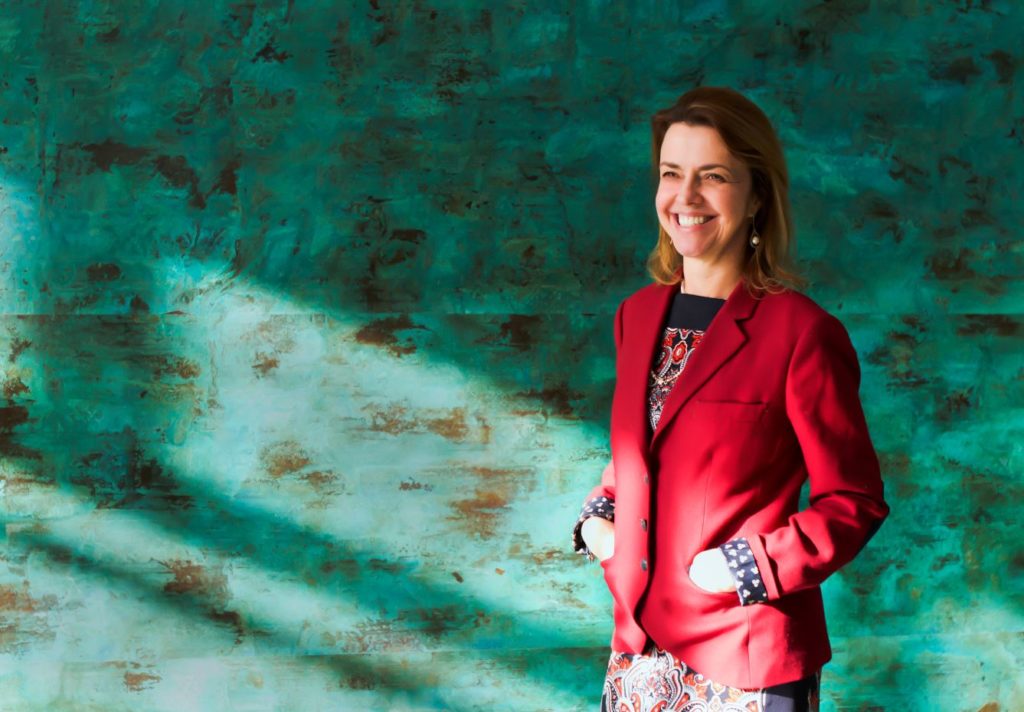News | May 10, 2017 | Read Time: 3 minutes
Helping Agriculture and the Food Sector Deliver Sustainable Goals

Gabriela Burian
Gabriela Burian
For me, a key element to a fulfilling and exciting career is working on projects that are challenging. Sure, challenging assignments require longer hours, more discipline, and more effort than simpler tasks, but they are also much more rewarding.
I started working at Monsanto in my home country of Brazil in 1996, and since then I’ve steered my career in the direction of challenging assignments. One of my earliest assignments was to implement the first regional sustainability department for Monsanto in Brazil so we could better engage with others in the food chain – from providers to customers – about how to become more sustainable.
Currently, as Monsanto’s global lead in sustainable agriculture, I’m working with colleagues around the world to meet one of the toughest challenges we face: helping farmers produce in a more sustainable way. Our population is growing, our climate is changing, and we must take action. My colleagues and I are committed to finding solutions to help farmers maximize the amount of food they produce while reducing CO2 emission and increasing their adaptation.
But is it possible? Yes.
I’m very excited and motivated by the advancements industry-wide that are making a huge impact to help us achieve our goal. In 2015, Monsanto became the founding co-chair of the World Business Council for Sustainable Development’s (WBCSD) Climate Smart Agriculture initiative. This is an industry-wide initiative, in which we are collaborating with several other organizations to help combat climate change, while also helping to grow the world’s food supply. As a collective group, we mapped out a vision to achieve our goal of increasing food availability while reducing greenhouse gas emissions by 50 percent. We’re doing this through a combination of new systems management, technology and habitat preservation.
In 2016, we continued our collaboration, and the members of the Climate Smart Agriculture initiative met to discuss low emission solutions. For the first time ever, the entire food production sector is discussing ways to lower emissions. How exciting is that?
In the months and years ahead, we will continue navigating the challenge of producing more while using less to help protect the environment. Inevitably, new issues will arise, but I know my peers and I are up for the challenge.
What we’re working to achieve is not easy, but I know we will continue collaborating and innovating throughout the industry. I’m very proud of what we’ve been able to accomplish so far, and know there is much more to come.
Follow Gabriela on Twitter @gpburian.









